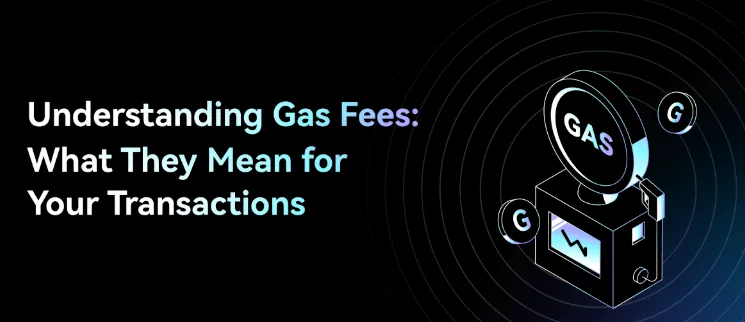Understanding Gas Fees in Cryptocurrency Payments
The concept of “gas fees” is crucial for anyone utilizing ETH for transactions. Yet, many users remain unfamiliar with what gas fees entail. This article aims to clarify this important topic, explaining what you’re paying for and how to minimize these costs effectively.
Key Points:
- All Ethereum network transactions incur a gas fee.
- Gas fees vary depending on the transaction type, network congestion, and prioritization level.
- Utilizing features like balances can help reduce gas fees significantly.
What Are Gas Fees?
Gas fees represent the unit of Ether (Ethereum) required for transactions on the Ethereum blockchain. Think of it as the transaction cost within this decentralized network. As Ethereum continues to operate on a Proof of Work consensus algorithm, thousands of miners globally are responsible for network security and transaction validation. Consequently, gas fees are a form of payment to these miners for their work.
It’s important to note that gas fees are not deducted from the transaction amount itself. For instance, if you intend to send 2 ETH but the gas fee is 1 ETH, you will be charged a total of 3 ETH automatically. If your balance is insufficient to cover the gas fee, the transaction will be rejected, triggering an “Out of Gas” error. Thus, even failed transactions require that the gas fee be settled.
Factors Influencing Gas Prices
Gas fees fluctuate based on network congestion. Tools like the Gas Tracker and ETH Gas Station provide real-time insights into gas prices based on congestion levels and desired transaction speeds.
Moreover, priority plays a pivotal role in determining gas prices. For users who can afford to wait longer for their transactions, the fees are generally lower. Conversely, those seeking immediate processing will need to pay higher fees.
Calculating Gas Fees
Gas fees consist of two primary components:
- Gas Price:
This is measured in GWEI (1 GWEI = 0.000000001 ETH). - Gas Limit:
This represents the maximum gas amount a user is prepared to pay for transaction execution.
For standard ETH transfers, a gas limit of 21,000 units typically suffices. Hence, if the gas price is set at 30 GWEI, the calculation for a standard transaction would be:
Gas Limit * Gas Price = Gas Fee.
21,000 * 30 = 630,000 GWEI, equating to 0.00063 ETH, which translates to approximately $2.16 at an ETH price of $3,443.
Managing Gas Fees Effectively
To maintain control over gas fees, certain wallets allow users to manually set gas limits and prices. For example, in MetaMask, users can view and edit estimated gas fees according to transaction speed preferences.
Tips for Minimizing Gas Fees
- Choose Optimal Transaction Timing:
Gas prices fluctuate with network congestion. Typically, fees are lower on weekends, making this an ideal time for transactions. - Batch Transactions:
By consolidating multiple transactions into a single one, users can significantly reduce cumulative gas fees. Using innovative solutions can help achieve this. - Monitor Gas Prices:
Leverage tracking tools to identify low-cost times for transactions.
Conclusion
While gas fees are an inherent part of using the Ethereum network, proactive measures can help users minimize costs significantly. Utilizing platforms like GOPayments, businesses can streamline cryptocurrency payments, notably enhancing their operations. Embracing crypto adoption can lead to a more efficient financial future.
